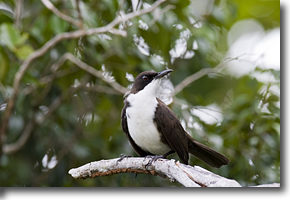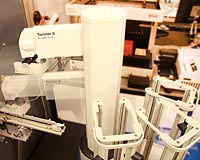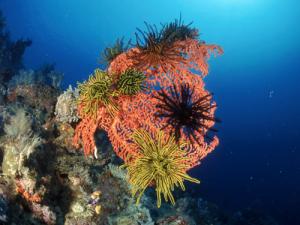Can we find a way to rescue
these beached giants of the sea?
With all of the creative engineering skills availabe on this planet, certainly someone somewhere should be able to design and implement the technology and new equipment needed to save these giant whales. Surely equipment could be devised to safely bring these beautiful animals back out to deeper waters.
Can we find a way to prevent another tragedy like this?
“Authorities shot dozens of exhausted whales that beached on a shore near South Africa’s storm-lashed southern tip Saturday amid scenes of grief and despair from volunteers who had tried to save them.
Fifty-five false killer whales washed up on the shores of Kommitjie, near the Cape of Good Hope, in the early morning, prompting a massive all-day rescue effort. Hundreds of locals wearing wet suits or shorts braved high winds and rough waves to try to push the massive mammals from knee-deep water back into the open sea.”
Was the Navy working with its sonar in the area?
Please comment.
Resources
Excerpts courtesy of Google News
Dozens of whales perish on South African shore – CLARE NULLIS May 30, 2009.
Image courtesy of GoogelNews and AP photographer AP Photo/Schalk van Zuydam) google.com/hostednews/ap/slideshow/













You must be logged in to post a comment.